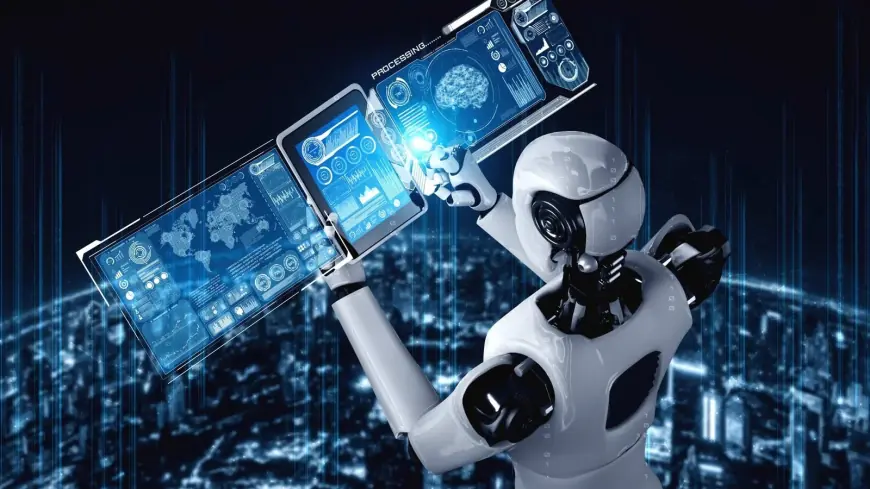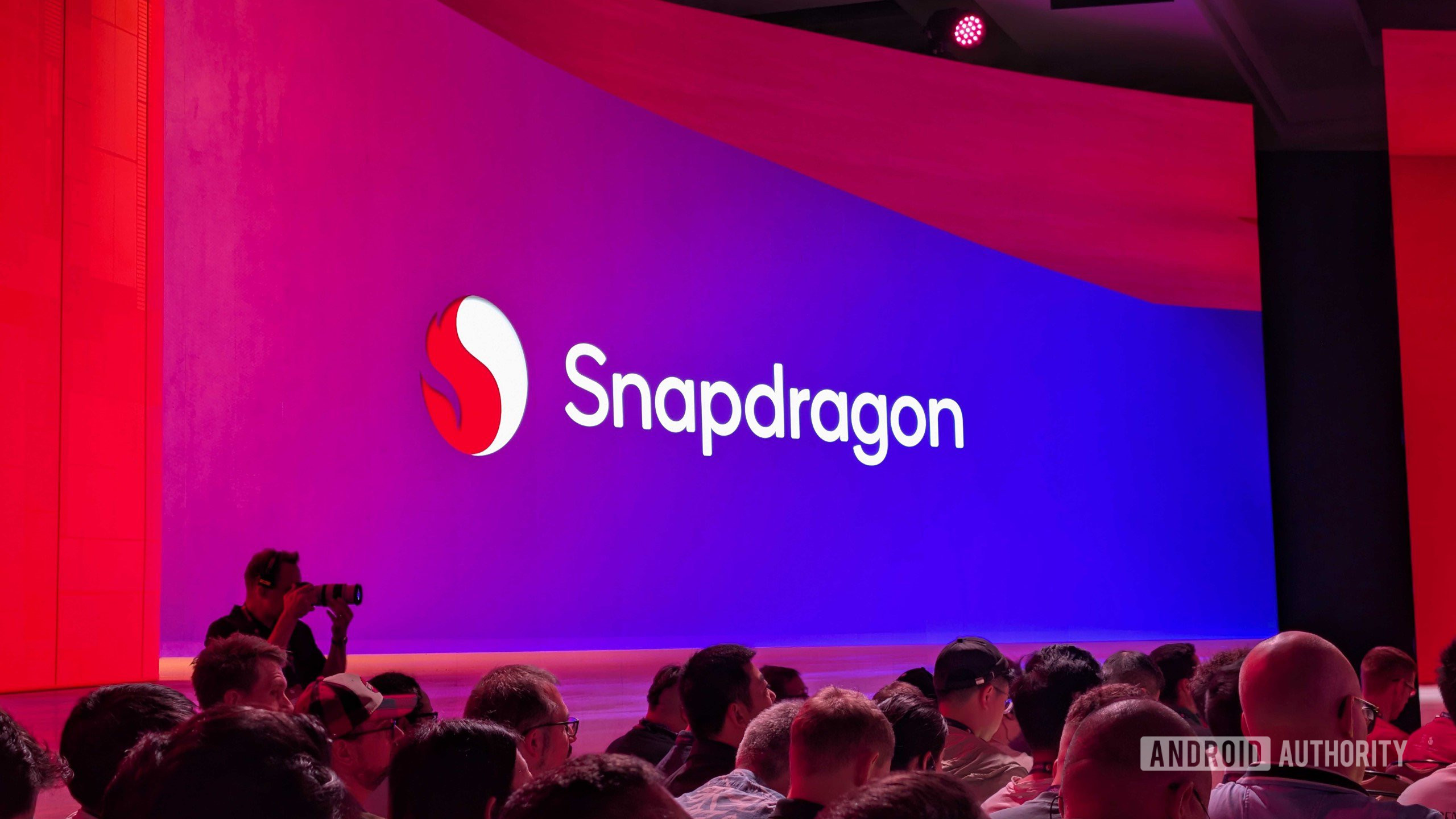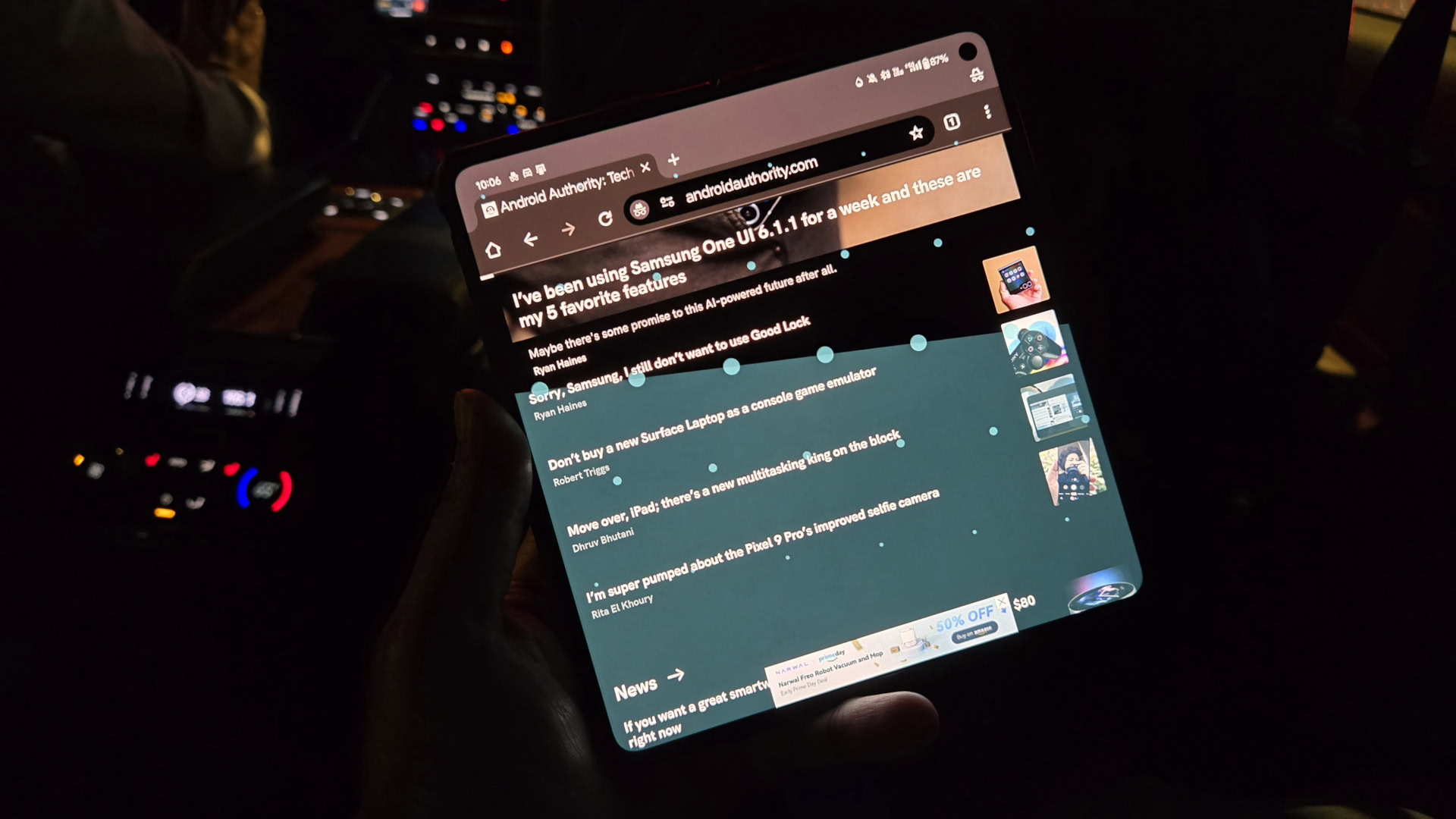Autonomous RPA on the Rise: How AI is Powering Self-Driving Bots
Autonomous RPA is redefining automation with AI-powered decision-making. Shedding light on how self-driving bots are transforming industries.

Traditional RPA relies on scripted rules and predefined code. However, autonomous RPA operates differently. It leverages AI, machine learning, and intelligent decision-making to enable self-driving bots that can learn, adapt, and automate processes with minimal human intervention.
As organizations face rising costs and operational inefficiencies, autonomous RPA is emerging as a game-changer. It has the potential to reshape enterprise workflows in 2025 and beyond.
Why Businesses Can’t Ignore Autonomous RPA
The Limitations of Traditional RPA
For years, RPA has been an effective tool for automating repetitive tasks. However, traditional bots have inherent limitations—they require structured inputs and struggle with variations or unexpected scenarios.
This rigidity creates operational bottlenecks and necessitates frequent human intervention to modify workflows. In an era where businesses must be agile, precise, and scalable, these constraints make conventional RPA insufficient.
To achieve smarter automation, companies are shifting towards autonomous, AI-driven RPA bots.
Training RPA Bots for Continuous Evolution
A key advantage of autonomous RPA is its ability to learn and evolve. Unlike traditional bots that rely on rigid scripts, AI-powered bots continuously refine their decision-making logic through reinforcement learning and real-time data analysis.
By leveraging AI-driven self-learning capabilities, businesses can ensure automation remains relevant and scalable, even as their operational needs evolve.
Autonomous RPA: The Future of Business Automation
Autonomous RPA is not just an upgrade—it’s a revolution. Businesses are increasingly seeking faster, smarter, and more adaptable solutions, and self-driving bots are becoming the foundation of enterprise efficiency.
However, widespread adoption comes with challenges, including the need for significant investments in infrastructure, data security, and AI talent. Ethical considerations surrounding AI usage and data protection must also be addressed to ensure sustainable success.
Despite these hurdles, the trajectory is clear—autonomous RPA is poised to redefine automation. With AI and RPA converging, businesses can unlock new levels of intelligence, scalability, and resilience.
As technology advances and costs decrease, adoption rates are expected to surge. By 2025, analysts predict that 70% of enterprises will have deployed some form of autonomous RPA, solidifying its role in digital transformation.
Early adopters of this revolution will lead the market, while those clinging to traditional automation risk falling behind. The question is no longer if autonomous RPA will transform industries, but when businesses will seize the opportunity to embrace smart automation.
To Read Full Article, Visit @ https://ai-techpark.com/rise-of-autonomous-rpa-ai-driven-automation/
Related Articles -
What's Your Reaction?
 Like
0
Like
0
 Dislike
0
Dislike
0
 Love
0
Love
0
 Funny
0
Funny
0
 Angry
0
Angry
0
 Sad
0
Sad
0
 Wow
0
Wow
0

















































